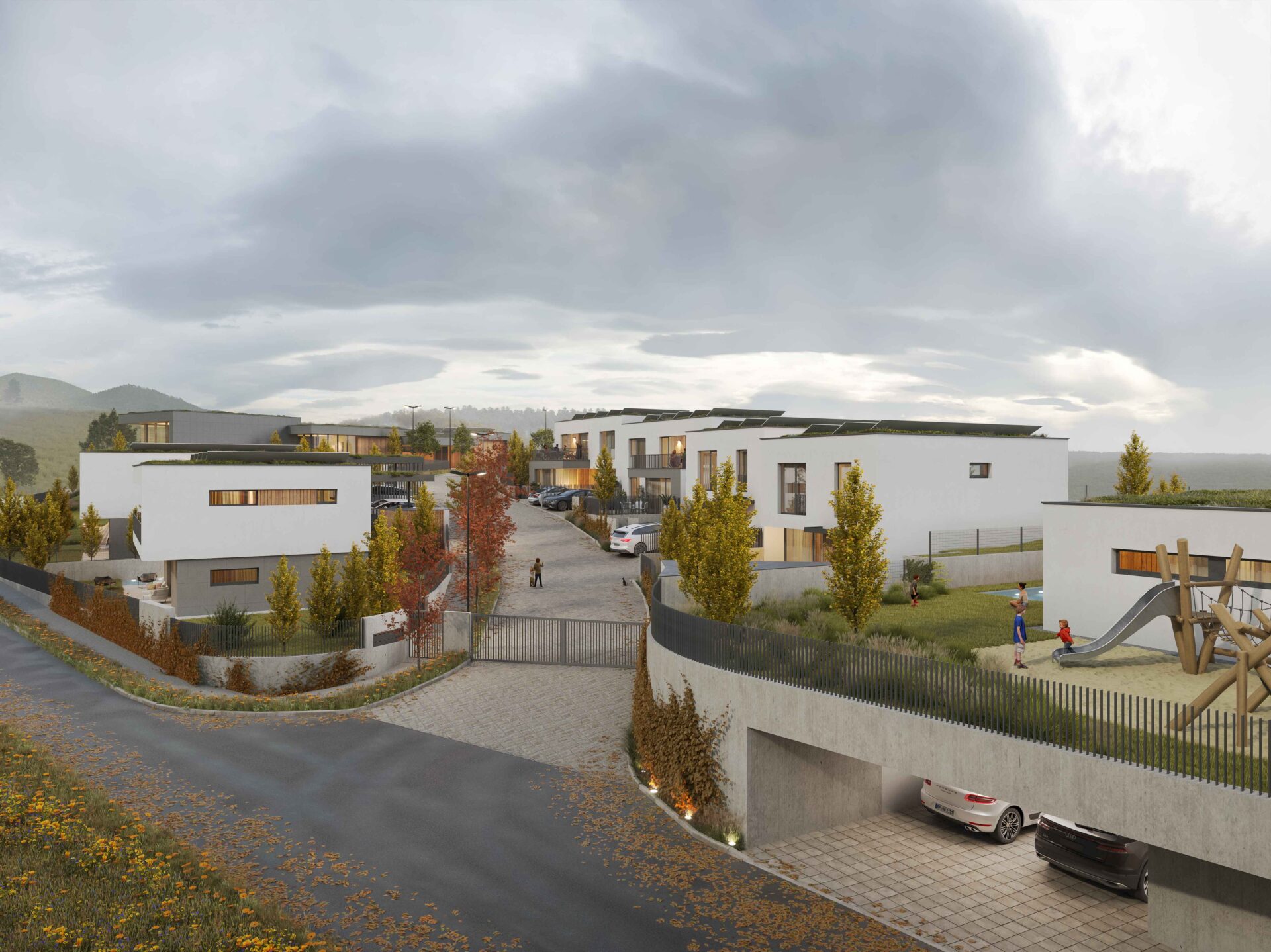Constario GROUP is aware of the importance of sustainability and strives to contribute to environmental protection and building a better, more sustainable world. That’s why we dared to go beyond the usual use of green energy and discover the energy independence that can change our world and move it forward. We see green energy as the driving force of progress and development.
Constario GROUP enters a new era with the ambitious and pilot project TRNKY, which combined modern photovoltaic technologies with a commitment to the green revolution. This initiative not only changes the energy perspective, but can also become an example for entire regions that desire sustainable and ecological development.
Photovoltaics in practice
“Photovoltaic panels installed as part of the TRNKY project are, together with energy management and distribution technology, a key step towards sustainable energy. These technologies use solar radiation to produce electricity, reducing dependence on traditional energy sources. With this innovation comes a number of advantages that promise us a cleaner and more ecological future”, says Ján Urík, Chairman of the Board of Constario GROUP.
One of the most obvious benefits of photovoltaics is its low ecological footprint. Compared to fossil fuels, photovoltaic panels produce electricity without the emission of greenhouse gases and other harmful substances. In addition, photovoltaics consume less water compared to traditional energy methods, which is especially important at a time when the world is facing water deficit problems.

A self-sufficient island system
An interesting aspect of the TRNKY project is its self-sufficient photovoltaic island system of operation, the advantages of which are:
1. Independence from the traditional electricity grid: The photovoltaic island system enables the production of electricity even in areas where grid electricity is not available. This is very useful for remote cabins, mountain huts, caravans and other places off the grid.
2. Sustainability and ecology: Solar energy is a renewable energy source and photovoltaic island systems do not produce any greenhouse gas emissions. In this way, you can contribute to the protection of the environment and reduce your carbon footprint.
3. Lower long-term operating costs: After installing a photovoltaic island system, the energy source is free and does not require regular purchases of fuel or payment of electricity bills. In this way, you can significantly reduce long-term operating costs.
Extensive green roofs
Green roofs are not only aesthetic elements, but also have concrete ecological advantages. Thanks to plants and vegetation on roofs, the insulation value of buildings increases, which reduces energy consumption for air conditioning and heating. In addition, the green roof absorbs rainwater and helps reduce the burden on the city’s sewer system.
In the case of the TRNKY project, extensive green roofs are not just a “crown” on buildings, but an active element in sustainable energy and water management.
Retention areas and rainwater drainage
Retention surfaces serve to retain rainwater, which minimizes surface runoff and improves water quality. This approach has a dual benefit: it prevents flooding and at the same time increases the availability of water for plants.
In the TRNKY project, retention areas become an important element of the environmental strategy, which tries to minimize the negative impact of the urban environment on water resources.
More about the project
For the TRNKY project, we were inspired by modern trends both visually and technically, with an emphasis on quality, practicality, green strategy, sustainability and especially green energy.
Family houses are ideal for those looking for standard or above-standard space, excellent accessibility (7 km from the city center) and a prospective location with excellent civic amenities. The icing on the cake is the high level of privacy and the very peaceful, safe and quiet neighborhood and newly established residential area.

